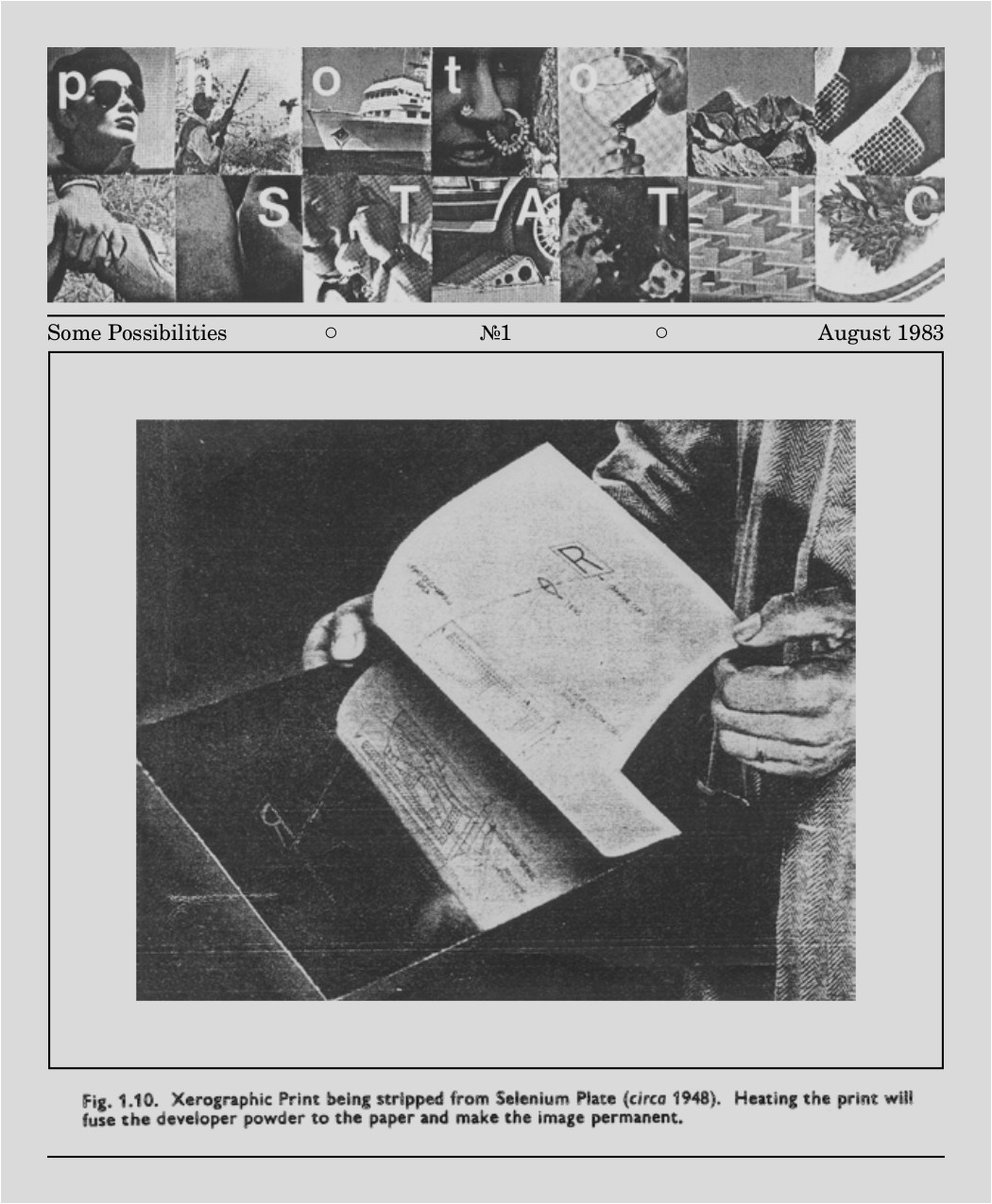Daniel Gilfillan: Pieces of Sound: German Experimental Radio (2009)
Filed under book | Tags: · germany, pirate radio, public broadcasting, radio, sound recording, streaming, tactical media

A cultural history of German radio broadcasting from the 1920s to today
Since the rise of film and television, radio has continued to evolve, with satellite radio and podcasts as its latest incarnations. Any understanding of the development of radio, like its visual counterparts, depends on closely examining the artistic ventures that preceded commercial acceptance.
In Pieces of Sound, Daniel Gilfillan offers a cultural history that explores these major aspects of the medium by focusing on German radio broadcasting, providing a context that sees beyond programming to consider regulations, cultural politics, and social standardization. Gilfillan showcases the work of radio pioneers and artists over the past century, including Brecht’s work with the form, and how radio was employed before and after World War II. He traces how German radio broadcasters experimented with networked media not only to expand the artistic and communicative possibilities of radio, but also to inform perceptions about the advantages and direction of newer telecommunications media like Internet broadcasting and pirate radio, which artists are using today to engage with a medium that is increasingly under corporate control.
Gilfillan astutely observes how claims made for the Internet today echo those made for radio in its infancy and puts forth a broad and incisive historical analysis of German cultural broadcasting.
Publisher University of Minnesota Press, 2009
ISBN 0816647720, 9780816647729
240 pages
PDF (updated on 2012-8-3)
Comment (0)PhotoStatic, Retrofuturism, Psrf (1983-1998)
Filed under magazine | Tags: · concrete poetry, graphics, intermedia art, literature, mail art, music, neoism, underground, xerography, zine culture

..

..

PhotoStatic was a magazine, a periodical series of printed works that focused on xerography as the source of a particular visual language that was widely used by graphic artists in the various art and music underground scenes of the 1980s and 1990s. During this time, the publication served as a forum to collect and redistribute artworks that originated in these scenes. Eventually, its scope extended to embrace not only graphic works, but also concrete poetry, correspondence art, ephemera from works in other media, essays, fiction, reviews, and reports on various cultural scenes, including Neoism, the home taping community, the zine community, and mail art.
Founded by editor Lloyd Dunn in 1983, the magazine continued in some form until as late as 1998. It inevitably underwent several transformations; for example, in 1987, to reflect changing interests, the zine was renamed Retrofuturism, and became closely associated with the intermedia group The Tape-beatles. At the end of 1989, at the height of its circulation, the title ceased publication in observance of the Neoist Art Strike 1990-1993. (Dunn also went abroad to live for a time shortly after this.)
After re-emerging in the mid-nineties as Psrf (letters chosen to reflect both earlier titles), the project was not again able to find traction. The internet boom was well underway, and so it seemed that the cultural moment for this type of publication had simply passed on.
Comment (0)
